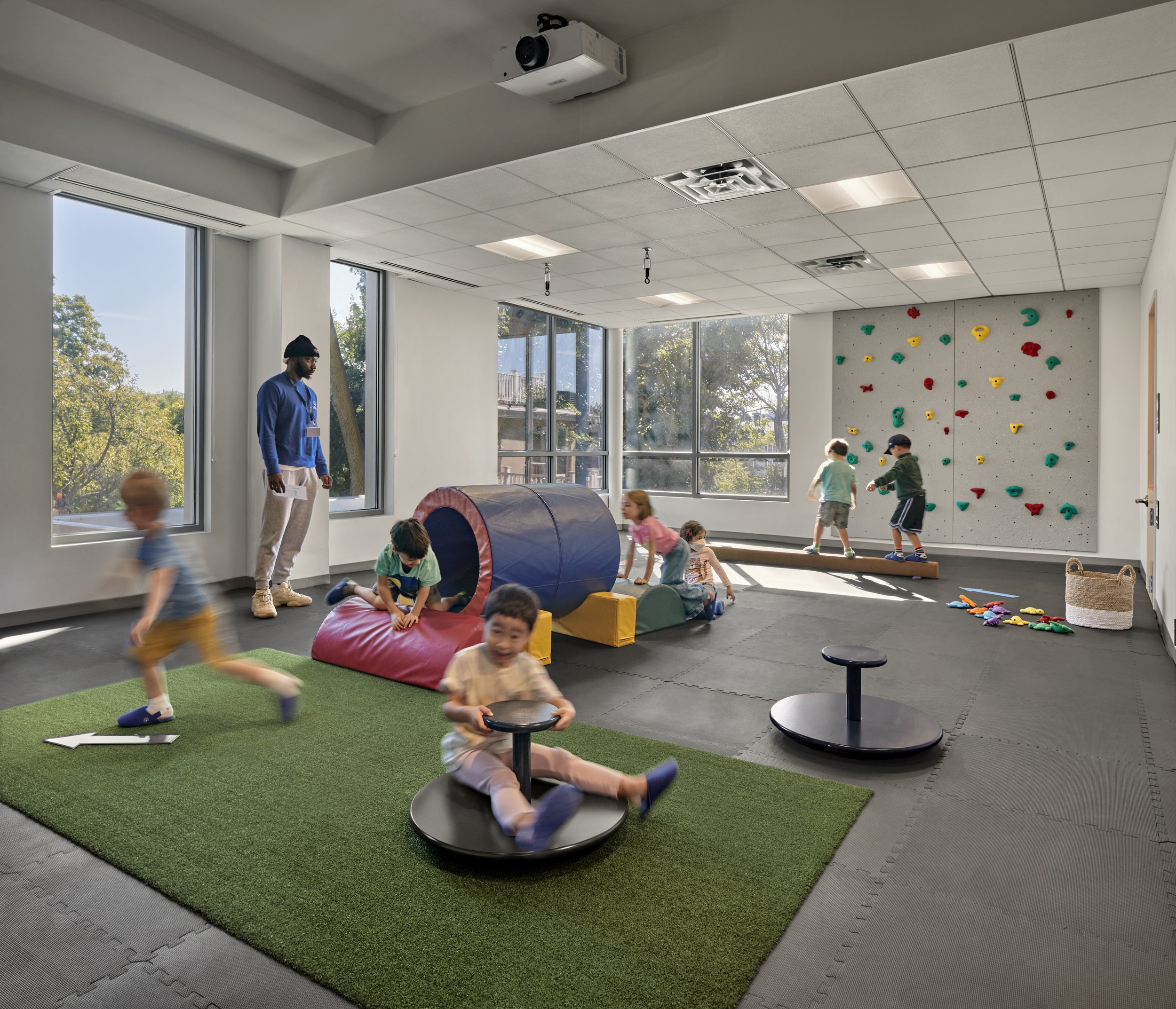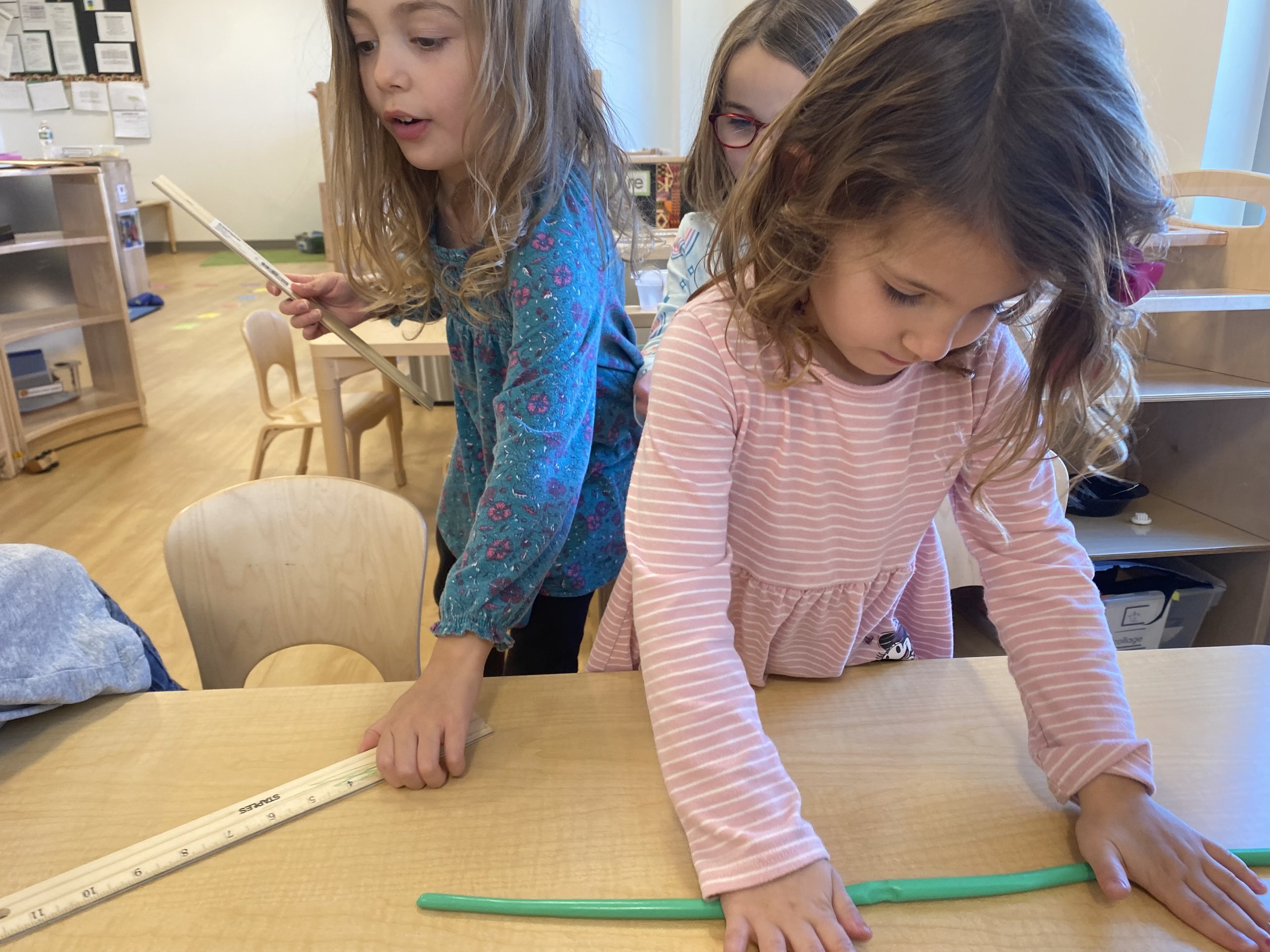
The Global Classroom Environment
The classroom is a child’s home away from home. As such, it should provide a feeling of familiarity, comfort and excitement.
Research shows that organizational skills and social competency are two of the greatest predictors of future academic success. For this reason, Global classrooms are highly organized and intentionally designed to create opportunities for students to develop organizational skills and engage in meaningful social interactions that require problem solving, conflict resolution and collaboration.
Classrooms are organized around areas of learning such as the Meeting Area, the Blocks & Construction Area, Dramatic Play and Discovery. In each area, objects from books to blocks, markers to art materials are clearly labeled while documentation boards are intentionally designed to enhance learning and minimize distractions.
Key aspects of the Global classroom environment include:
Classroom Organization
Learning Areas
Use of Wall Space
Expand any of the categories below to learn more about the Global classroom environment:
-
Classroom organization goes hand in hand with predictable schedules, rituals and routines. These support the individual organizational skill development that is so critical to task sequencing and task completion.
Teachers will offer learning opportunities that support organizational skills. They will model which part of a task is first, second and last. Children will practice the stages of task completion by showing teachers what comes first before they move on.
Visual cues in the classroom — such as labels — support these skills by breaking down tasks into individual parts (Think, Draw, and Tell cues may be used in the story writing area, for example). By following the cues, or referring to them as needed, the children will complete tasks and meet learning goals with success.
-
Global classrooms are carefully organized around areas (or centers) of learning. These include the Meeting area; the Blocks & Construction area; Dramatic Play; Literacy; Library; Math & Games; Puzzles and Put-togethers; Discovery; Art; and Sensory areas.
The classroom becomes the “Silent Teacher” when it is organized and accessible to children. Educators carefully plan learning activities for all the areas in the Global classroom that engage children in critical thinking, social problem solving and generating creative ideas.
-
Too often, classroom walls are covered with many kinds of visual information including colors, shapes, letters, numbers and words — which can become a distraction for young children. Such displays do not add to a child’s understanding, but rather tax the sensory system, becoming confusing and disorienting.
In a Global classroom, the walls are kept clear except for documentation boards. Each of the classroom’s documentation boards has a purpose. These include the Group Meeting Board, Planning Board, Curriculum Board, Discovery, Literacy, and Math Boards.
Get ready to set up your Global classroom. Subscribe for unlimited access to all our Educator Resources.




